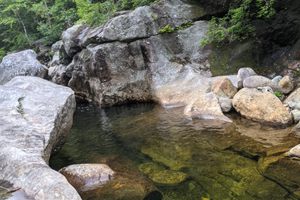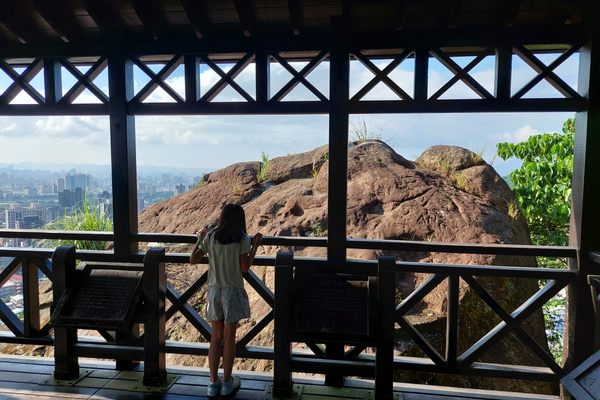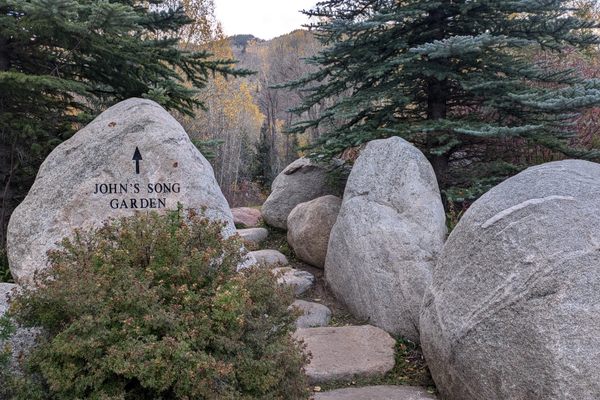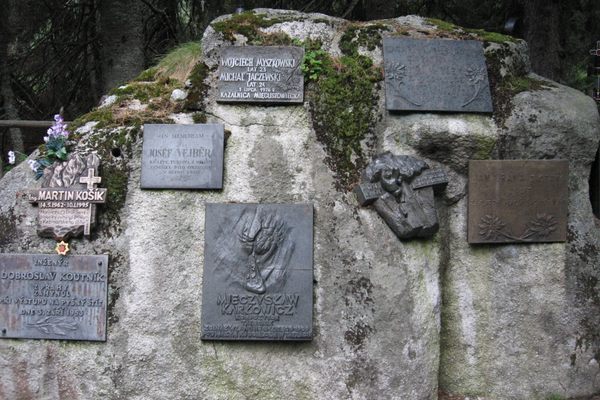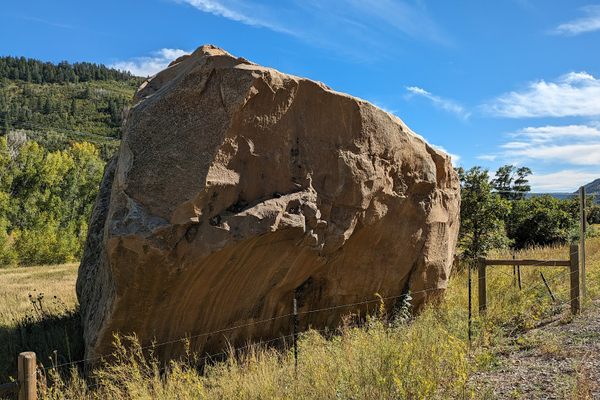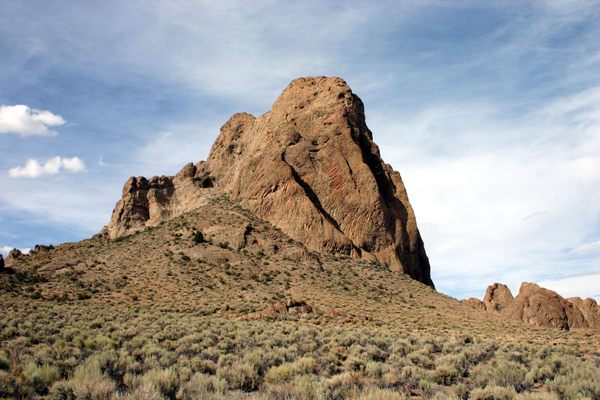About
High above the White Mountains that cut across the Granite State stands the deadliest mountain (per vertical foot) of any mountain on Earth. Despite only being America's 59th most prominent point, hikers, mountaineers, and outdoorsmen nationwide know to fear and respect Mount Washington, home of the "worst weather in the world." Not far from the mountain's summit, a memorial to a hiker who succumbed to one of the mountain's deadly storms serves as a reminder of the power of nature.
Mount Washington is the crown jewel of the White Mountains' Presidential Range. The range is infamous for its extreme weather, and is frequently used by hikers to train themselves for the treacherous conditions of mountains like Everest and K2.
The mountain's infamy has paradoxically attracted tourists from across the globe to travel up its deadly summit. On any given day, hundreds of people visit the 6,288-foot peak via the Mount Washington Cog railway or simply by driving up the Mount Washington Auto Road. But a certain amount of glory belongs to those who can reach the mountain's top with just two legs and a sense of determination. So often, however, is glory a thin line between life and death.
In the nearly 200 years of recorded history of the White Mountains, over 160 people have perished on the White Mountains, and over three-quarters of those deaths occurred on its most feared summit. Such is history that the names of so many of the deceased are all that remain. Even more infrequent than recorded names are the recorded stories of the departed. Thus, it is all the more impressive that the legend of Lizzie Bourne has remained a staple of the Mount Washington story for over a century.
Bourne, her cousin, and her uncle would begin a trek up from the Glen House (at the mountain's base) at around 2 p.m. on September, 14, 1855. Eight hours later, she would be dead, as the party's late start meant they couldn't reach the mountain's peak until after nightfall. A violent storm and bitter cold slammed the mountain around 10 p.m., at which point Bourne had died from exposure. Ill-equipped with the average dress of a woman of her era, she didn't stand a chance against the mountain.
As the sun rose the next morning, her relatives (who had made it to the top without her) found Bourne's body only a few hundred yards from the summit—roughly 10 more minutes of walking before the safety of the Tip Top House. Her body was removed from the mountain and buried in her native Kennebunk, Maine. Additionally, her family built a modest memorial to Bourne on the spot where she was discovered: A small pile of rocks and a wooden sign to commemorate her life.
Bourne was not the first person to die on Mount Washington, nor did she die the mountain's most painful death, but her status as the first woman (in recorded history) to perish on Washington made her a symbol of adversity in White Mountain culture. Every day, hikers add rocks to the ever-growing memorial mound. Recently the original wooden sign was swapped out with a more permanent metal one (the original being on display at the Mount Washington Cog Railway Museum). While Bourne's body does not rest above the clouds near the top of the great mountain, her spirit always will. The memorial contains the following verse: "Here in the twilight cold & gray lifeless and beautiful she lay / And from the sky serene and far a voice fell like a shooting star / EXCELSIOR"
Related Tags
Know Before You Go
Access to the memorial itself can be dangerous and risky, there is no clear path. While only a short distance from the top of the mountain, it is advised visitors exercise extreme caution when traversing to see the memorial. The safest way to view the memorial is as a passenger on the Mount Washington Cog Railway, which passes only inches away from it.
Community Contributors
Added By
Published
September 28, 2022

















